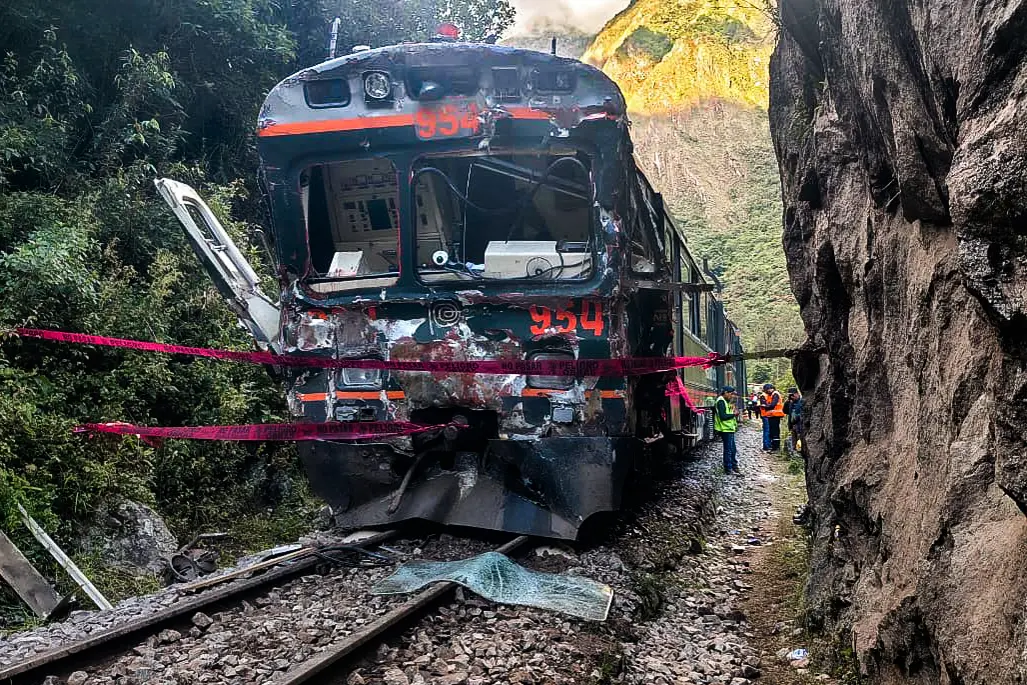DAMASCUS, Syria—After Syrian government forces recaptured Palmyra from the Islamic State group, Syrian antiquities experts said Monday they were deeply shocked by the destruction the extremists had carried out inside the town museum, with scores of priceless relics and statues demolished.
Syria’s head of antiquities and museums, Maamoun Abdul-Karim, told The Associated Press that a team from his department will head to Palmyra later in the day to estimate the losses.
Abdul-Karim said he would go himself to Palmyra once bomb squads finish removing explosives planted by IS militants before they lost the town.

This photo released by the Syrian official news agency SANA, shows damage to the Palmyra citadel following fighting between Government forces and Islamic State group militants in Palmyra, Syria, Sunday, March 27, 2016. SANA via AP




